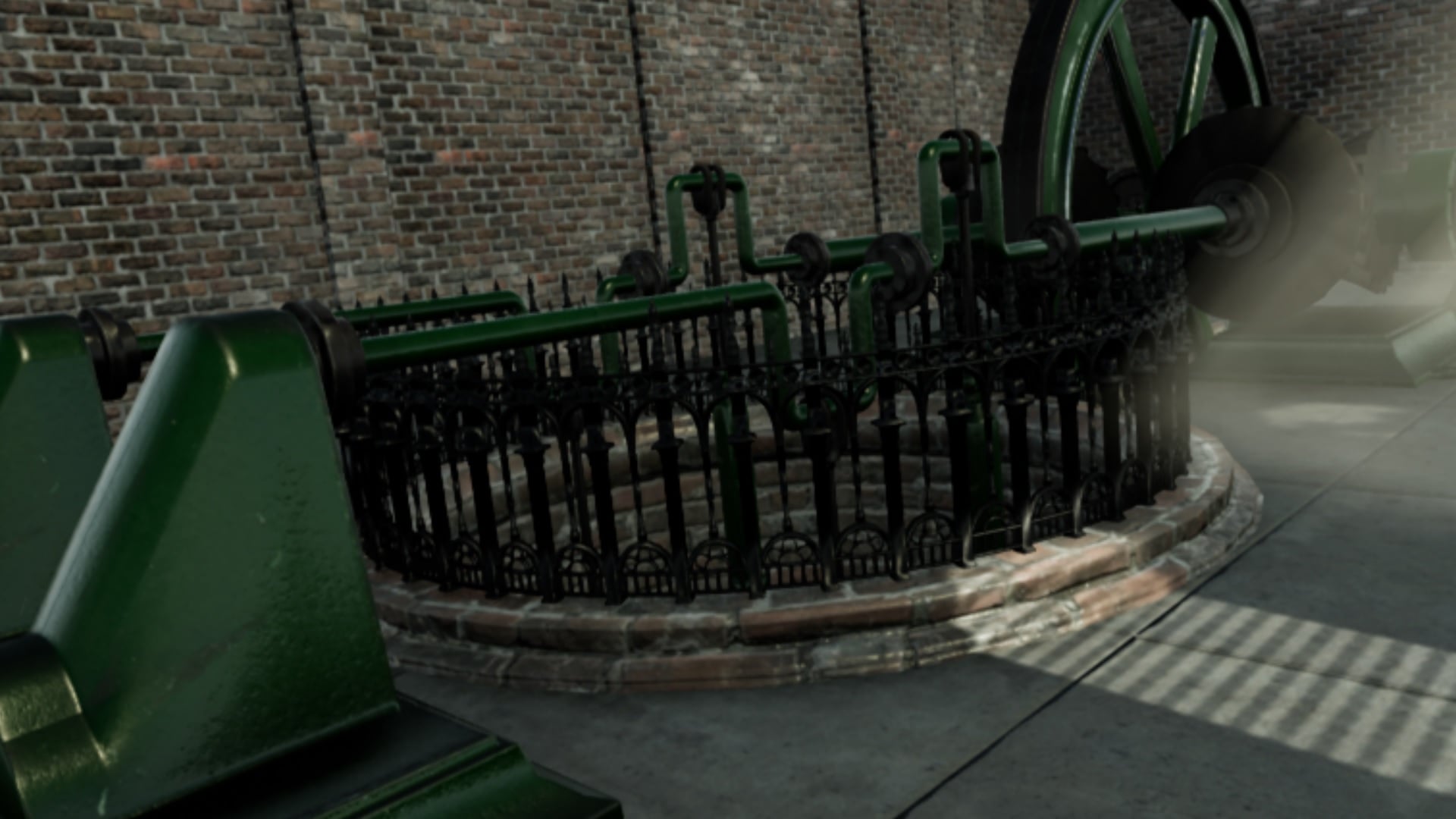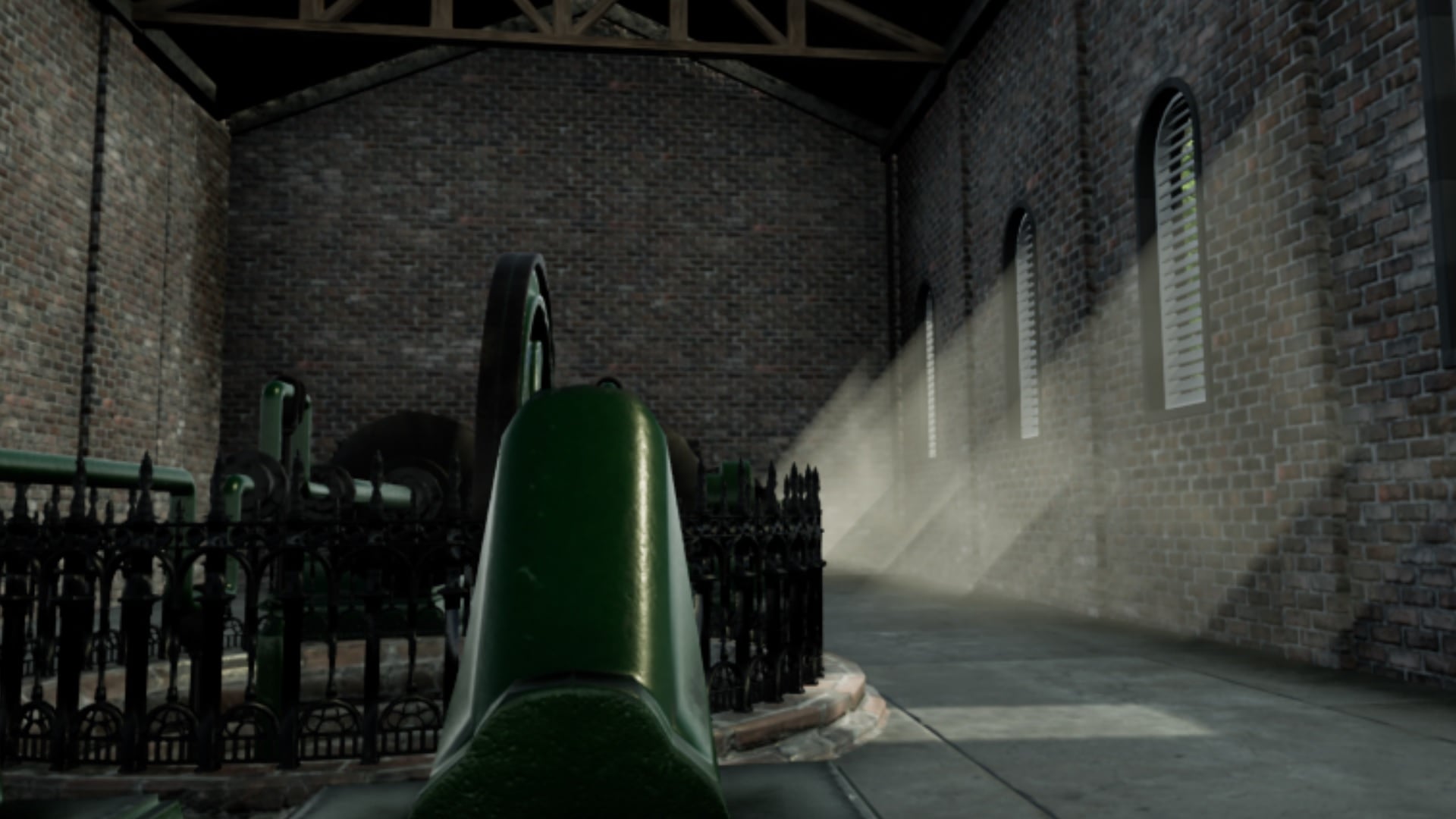Rethinking History: Preserving our Heritage through Virtual Worlds

When it comes to learning history, there are certain students find that simply cannot connect with the material. It’s not so much the subject of history or even the events they struggle with, does have a lot to do with the method which they prefer to learn through. History is based around facts, knowledge and records of what occurred many years prior and for students who are practical based learners, this can be a real challenge when to find where this type learning fits into their own experiences.
History offers many important perspectives that through learning and understanding, can allow students to better understand their place in society and the world around them. The subject can help them relate more towards their build environment, the country they are a part of or the culture of the people that they interact with every day. Without this understanding, they learn solely through their own personal experiences, both good and bad, which shapes them into people they become as adults.

While you might be used to thinking of history as being taught straight from a textbook, there is a strong indication that even this could soon become a part of history itself. Virtual Reality is making advancements in not only the education space as a whole but also in our ability to preserve historic sites for future generations to learn from and interact with. Take the Kholo Waterworks Pump Station as an example. The heritage building operated as a pump station before being devastated by floodwaters in the 1890s.
Queensland Urban Utilities had the vision of being able to give users the experience of traveling back in time through VR. Working with their Brisbane based VR development partners, Immerse Enterprise, the simulation was able to capture the historical site in astounding accuracy.
The experience itself was a 1:1 scale virtual representation with a fully interactive pump engine. For learners who might be challenged with learning from a textbook, they are able to place themselves visually and spatially inside the station and see it come to life. The design is based on historically accurate records for an immersive education experience offering true insight to how it would have operated in its heyday.
The virtual reality experience is a blend of old and new, utilising many of our existing historical resources, with Queensland Urban Utilities’ in house historians proving images of the building’s exterior as well as black and white photos from over the years. Combining this with floor plans and pump schematics, the team at Immerse Enterprise was able to reconstruct the original building entirely within virtual reality.

The result was an incredibly breathtaking experience into how the building would have looked and functioned. The final experience emerged as a virtual field trip, taking users up the Bremer River using drone footage as they explored the surrounding area. During this exploration of the river, users will be introduced and educated on the Pump Station and its importance in the area through a voice over.

This is then complemented with the original photographs and schematic designs of the pump station to give them an idea of how it operated before taking users through the 3D virtual recreation of the heritage building itself. In this section, they are able to explore and interact with the station.
While this is just the beginning of what virtual field trips and educational experiences might be able to offer us, it does offer some insight into how students are able to “learn by doing” in the future. Although the prospects go even deeper than that. There is an emerging opportunity to use virtual reality technology for preservation when it comes to our heritage buildings with the advantage of combining this with what we might normally learn from our history books.
